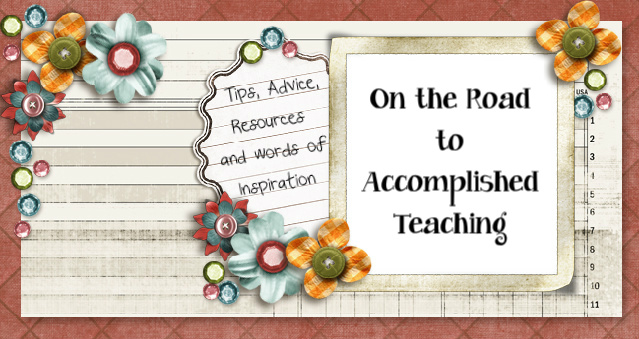During your career as an educator you will develop loads of activities, ideas and tips that you use throughout your practice. Here is a great activity: The 3-2-1 strategy.
What is the 3-2-1 strategy?
One of the hallmarks of a great lesson or presentation is being able to finish it with an activity that brings all of the lesson elements together. You want your audience to remember the highlights of the lesson, and leave with information that can be used in the future. The 3-2-1 strategy is great to use because it summarizes key information in a clear and concise way. I've used it with students in class, and I've used it as an evaluation tool with adults as well. Your creativity will determine how you want to present this chart - as a listed version, as a chart or as a table. Younger students can use pictures instead of words.
How Does It Work?
Simply fill out a 3-2-1 form with
information that will summarize the learning. As the name implies, the form appears in descending order, with 3 items, then 2, then 1.
Here's an example of things you could include in a generic form:
- 3 Things You Found Out
- 2 Interesting Things
- 1 Question You Still Have
Use this strategy whenever you want to gauge learning or evaluate a process: as an exit ticket, a evaluation tool or as the introduction to a class discussion.
The labels for the 3-2-1 form are the things you ask, and they can change according to the audience:
- In professional development sessions:
- In art class:
- In literacy class:
- In math class:
- In science class:
3 states of matter; 2 types of chemical bonds; and 1 basic building block of matter
Have fun with this new tool!
Queen Bee



